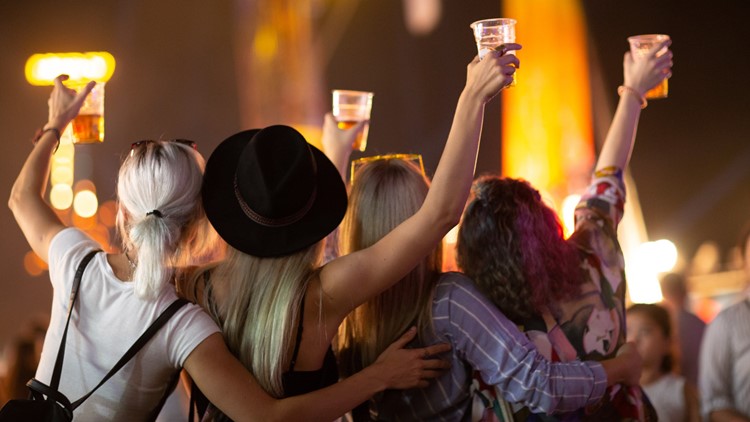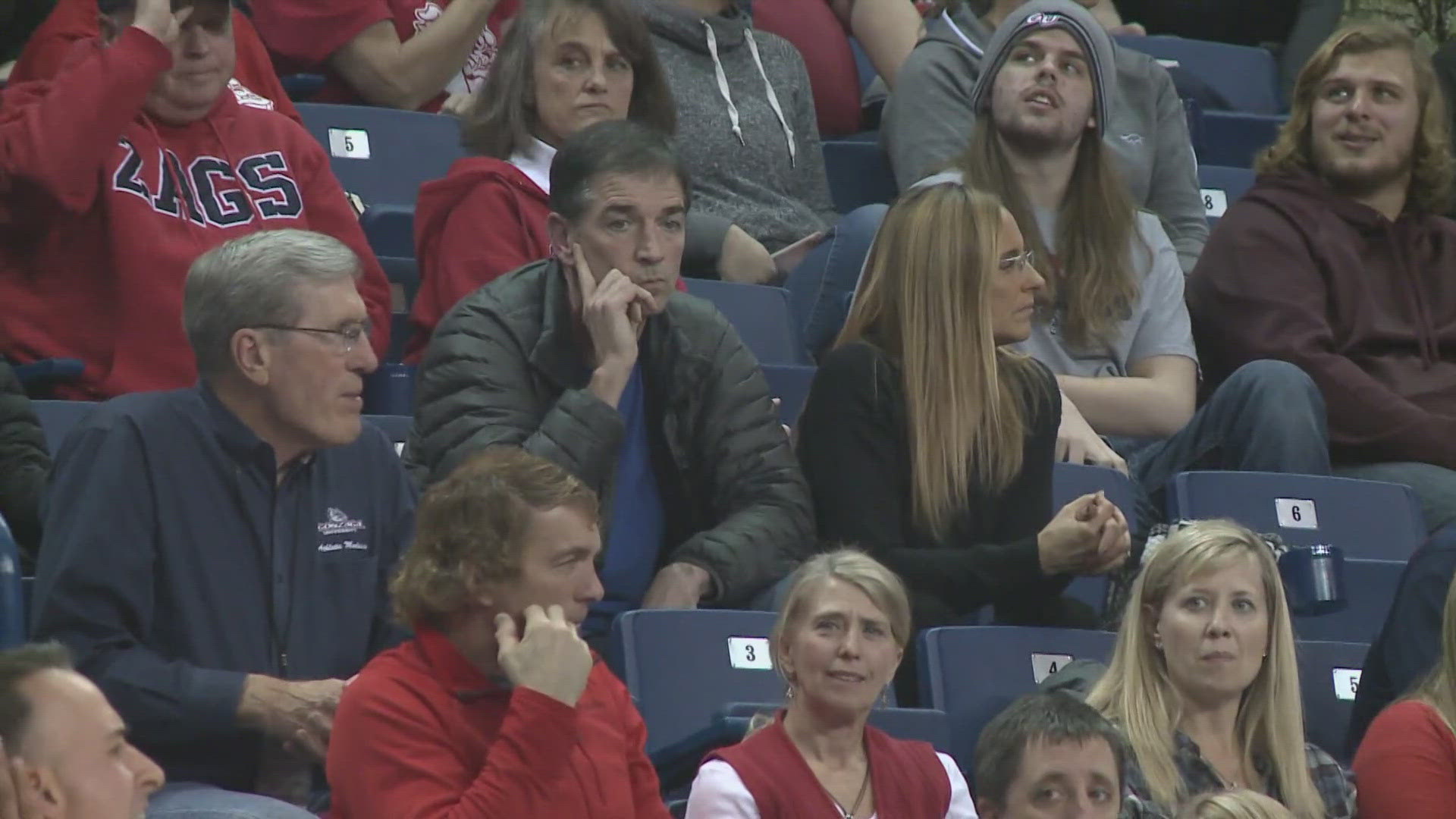SPOKANE, Wash. — There have been several instances of coronavirus "super-spreader" events in the Inland Northwest since the pandemic began.
The Centers for Disease Control and Prevention has noted that super-spreader events “are associated with both explosive growth early in an outbreak and sustained transmission in later stages.’’
Coronavirus outbreaks at Spokane's Philadelphia Macaroni Company plant and Borracho Bar and Restaurant in downtown Spokane fit the definition of super-spreader events, former Spokane Regional Health Officer Dr. Bob Lutz told KREM.
At least forty-six COVID-19 cases were linked to the outbreak at Borracho, with at least 31 cases that were tied to the Philadelphia Macaroni Company.
The latest "super-spreader" event in the Inland Northwest is a wedding with more than 300 guests that happened near Ritzville in early November. At least 40 COVID-19 cases spanning two Washington counties were associated with the event as of Tuesday, Nov. 17 and health officials in Grant County said they expect more to be added daily.
“Essentially, a super-spreader event is where a large gathering of people results in a lot of infection," said Dr. Payal Kohli, a cardiologist and disease prevention.
A person who did not attend the event, meaning close contacts of those who were there, can also count toward the infections tied to it, Dr. Kohli said. For example, the "super-spreader" wedding event has been linked to outbreaks at a long-term care facility and within a school district in Grant County.
People begin to use the term "super-spreader event" when there are about 10 infections tied to it, Dr. Kohli said.
“The absolute number is a little bit arbitrary because it depends on the denominator of how many people were actually were present at the event," she added.
Dr. Kohli also explained that those infected with COVID-19 at a large event have a lag period of up to two weeks before they show symptoms of the virus or test positive, followed by a lag period for the people they have infected.
“So that continues to really qualify as what we call exponential growth in terms of that one person at the wedding spreading it to so many people," Dr. Kohli said.
She also touched on the dispersion index, a variable that essentially tells health experts if all people who are infected with a virus spread it equally versus a few people responsible for the majority of the spread. It turns out to be the latter option with coronavirus, Dr. Kohli said.
About 10 to 20% of people who are infected with COVID-19 are responsible for about 80% of its spread, she added.
“Now the challenge, of course, comes when we don’t know who these individuals are, we can’t really identify which people are going to spread the virus and which aren’t," she said. "But when you see an event, like a large wedding having…all these outbreaks linked to it, it’s almost a certainty that one or more individuals attending that wedding is one of those 'super-spreaders.'”



